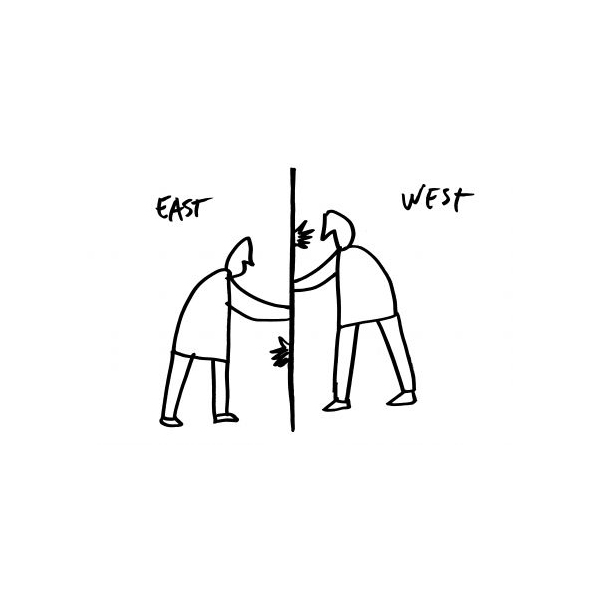It can be said that Service design is a mesh of various design disciplines, all of which serve the user on one way or another. So it is safe to conclude that to a service designer, the user is the protagonist, that systems and processes are being designed to serve the user.
Here, even though the service is a link between the provider and the user, it is important to note that the service wouldn’t exist without the user. This brings me to my questions for our readers today and a ‘sort of ’ answer.
I ask:
- Since our user is the hero of our service how does their belief system and cultural ethnic mindset affect their perception of the service rendered to them?
- On the flip side, does the mindset and culture of the service designer affect the design of the service?
- Finally, how does a service adapt to different cultures and perceptions of the world?
In the quest to answer these, I found a relevant Ted talk on the topic of cultural biases and mindsets which concludes at possible ways to reconcile things toward creating a glocal culture by choosing an outlook ‘my world vs the world’. I will attempt to draw a connection of this talk on mythology and business with our field of design.
In short; the above video touches upon the subject of individual thinking vs. institutional thinking and how these outlooks vary across cultures. We understand that importance of belief systems and their impact on a users subsequent action. We also note the downside of the intangibility and immeasurability of belief systems. It’s deduced that belief influences behavior. But then what influences belief? And how does one create new beliefs? How can this help my service and business?
The answer to these questions probably lies in something that is common in Service Design as well i.e empathy. Service designers often use empathy maps as a tool to understand their users better. However in th example cited, empathy is not merely being studied or understood- it is being crafted, nurtured and created. Here, stories, symbols and rituals serve as tools to create empathy. It starts by establishing an emotional connect which transforms into a subsequent bond and this grows into a belief system. Once the belief sets, accompanying behavior will be a matter of personal choice and habit. If the right thinking is set, then right behavior will happen, and if right behavior will happen, business will happen. So here, empathy literally defines behavior and business!
To conclude, success of a designed service relies less on it being procedural, ordered or professional and more about it being emotional, empathetic and re-iterative based on the bond/connect shared with the user. It would be interesting to see how service designers can further apply empathy to create successful services consistent or customised across varied user bases.
—

